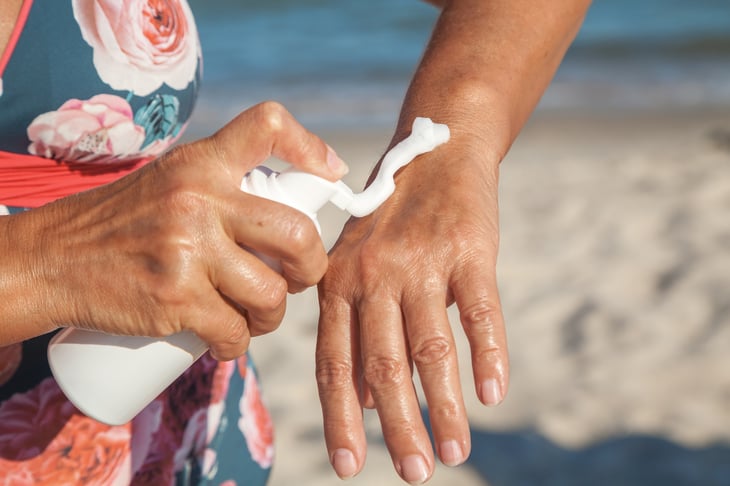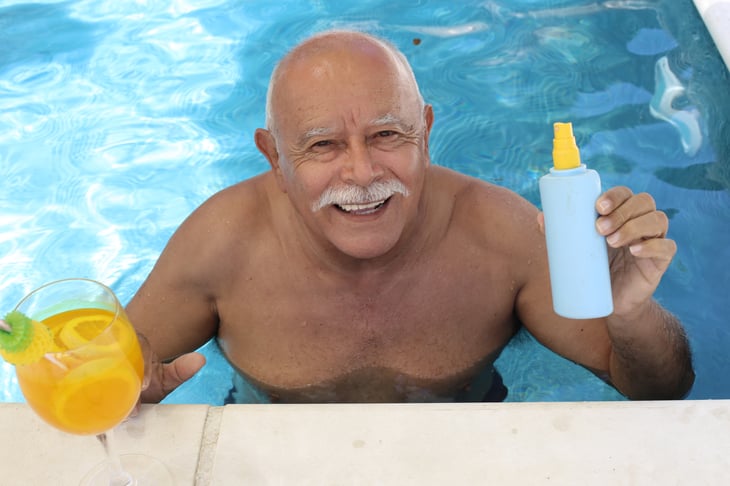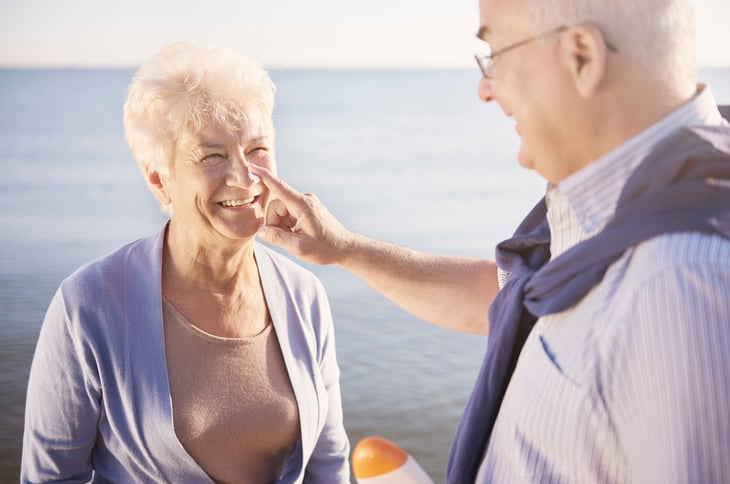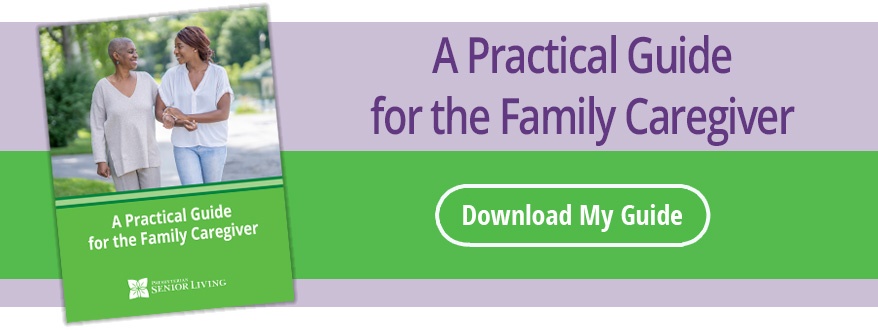The dog days of summer are upon us, and for many, that means spending time outside enjoying backyard BBQs and family get-togethers, pool parties, trips to the beach and outdoor sporting events.
Summer is also the time of year when we are most at risk for damage to our skin and eyes from the sun’s Ultraviolet rays. July is the American Academy of Ophthalmology’s Ultraviolet Safety Awareness Month, and it is its mission to spread awareness about the dangers of UV rays and educate on how to protect our skin and eyes from these harmful rays.

What are UV Rays?
UV radiation is a type of energy produced by the sun or artificial sources (e.g., tanning beds). The World Health Organization measures UV levels on an indexed scale from 0 (low) – 11+ (extremely high) to assess your risk of sun damage. The UV index is affected by several factors including:
- Time of day - levels are most intense between 10 a.m. – 4 p.m.
- Time of year - summer is a more dangerous time for UV exposure compared to winter (although damage in winter is still common)
- Cloud cover- clouds reduce the amount of UV rays, but the damage is still possible on cloudy days.
- Altitude – higher elevations are exposed to greater levels of UV than lower elevations.
- Location – areas closer to the equator have higher UV levels
- Surrounding surfaces – snow can reflect up to 80% of the sun’s UV rays providing twice the opportunity for damage.
Risks from UV Exposure
Lengthened exposure to UV rays can come from natural or artificial sources and can cause most skin cancers, including melanoma, basal cell and squamous cell cancers. Eye damage is also common from overexposure and can cause inflammation of the cornea and conjunctiva (the membrane lining of the eyelids and eye socket), macular degeneration and/or cataracts.
UV damage is cumulative and builds over your lifetime; over the years, the more you have been exposed, the greater the long-term risks of skin cancer. UV exposure can also raise skin cancer risk even without causing sunburn.
According to the FDA, some medications, cosmetics and lotions contain ingredients that may cause an increase in sensitivity to UV rays. Use of antibiotics, cholesterol-lowering drugs, and non-steroidal anti-inflammatory drugs can all increase your chances of suffering UV damage.
And while the sun provides our bodies with a mechanism for producing vitamin D and boosting our immune system, it is also important to keep in mind that too much UV light can also result in a weakened immune system.

How to Protect Yourself
Protection from the sun is recommended when UV levels are 3 (Moderate) or higher. It is important to remember that you can feel the sun’s heat and see the light, but our bodies can’t detect UV rays, and you may be at risk even if you think conditions are favorable.
The FDA recommends that people use sunscreen that has an SPF of at least 15 that covers UV-A and UV-B rays and cover your body by wearing long pants and long-sleeved shirts, a wide-brimmed hat and sunglasses to help protect yourself. The sun is at its most intense during mid-day, between 10 a.m.– 4 p.m., and it is recommended to stay in a shaded area and avoid the sun during these hours.
Skin cancer is the most common form of cancer in the U.S. and across the world. More people are diagnosed with skin cancer every year than all other types of cancer combined. However, the vast majority of these cases are a result of over-exposure to UV rays. By taking a few precautions, you can protect yourself and your loved ones while enjoying the dog days of summer!

Please stay tuned for next month’s post for Thrive Wellness updates and share this information with your friends. Invite them to subscribe to the Waypoints Learning Center. Thrive Wellness monthly blogs will post at the end of each month.
People who come to Presbyterian Senior Living come for more than just a place to live– they come to feel energized, challenged, and fulfilled; they come to THRIVE.
